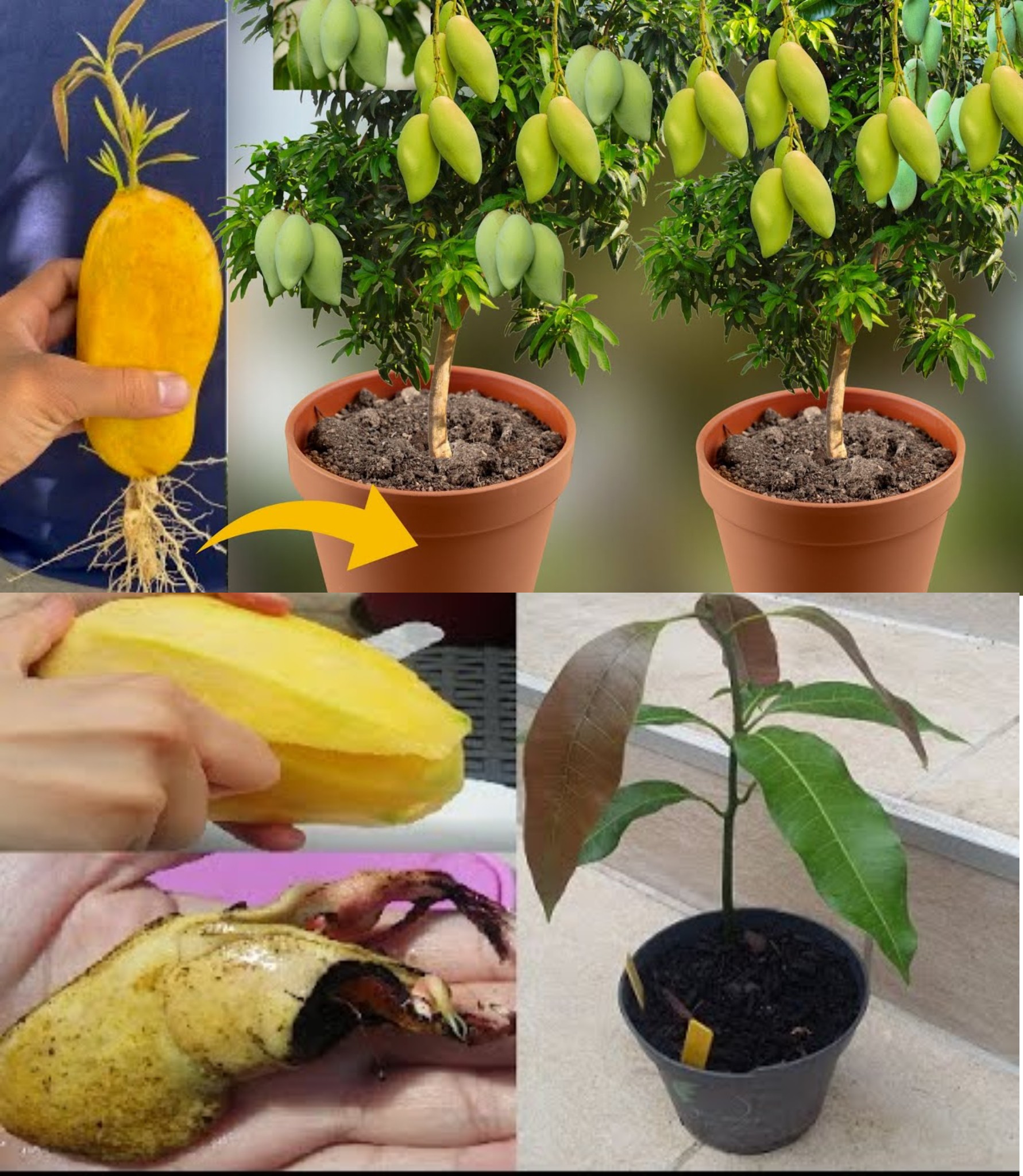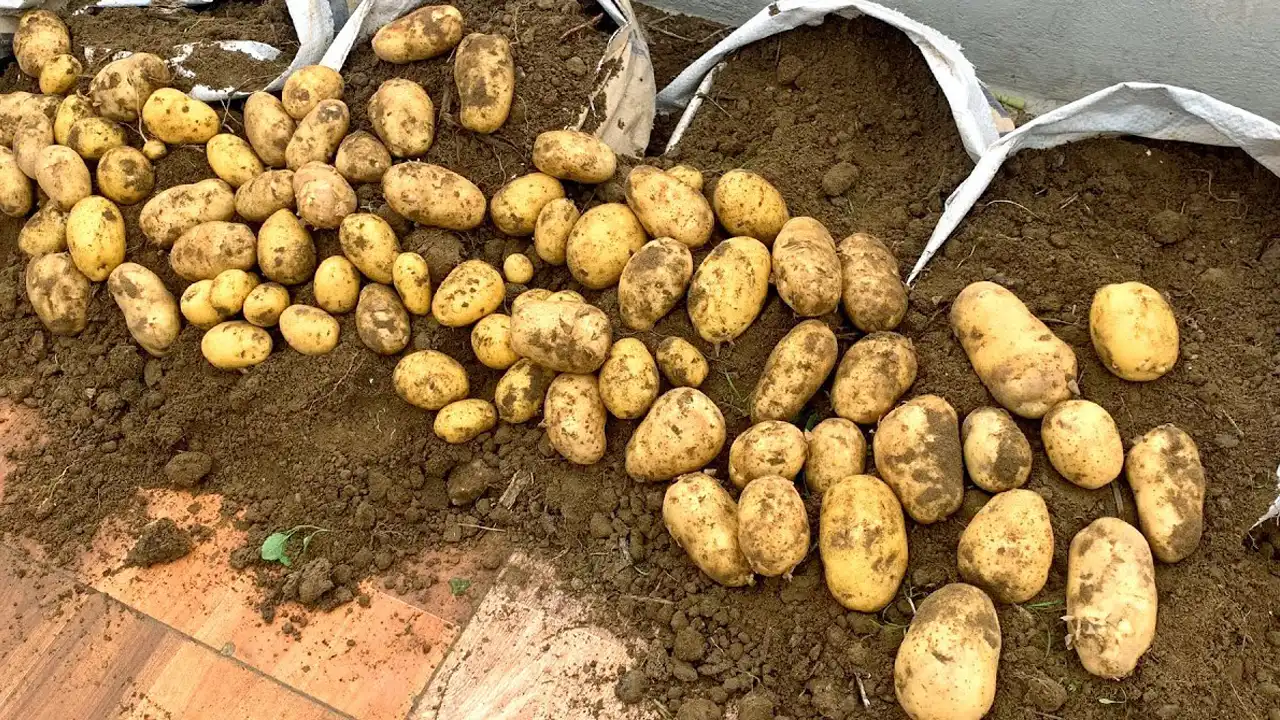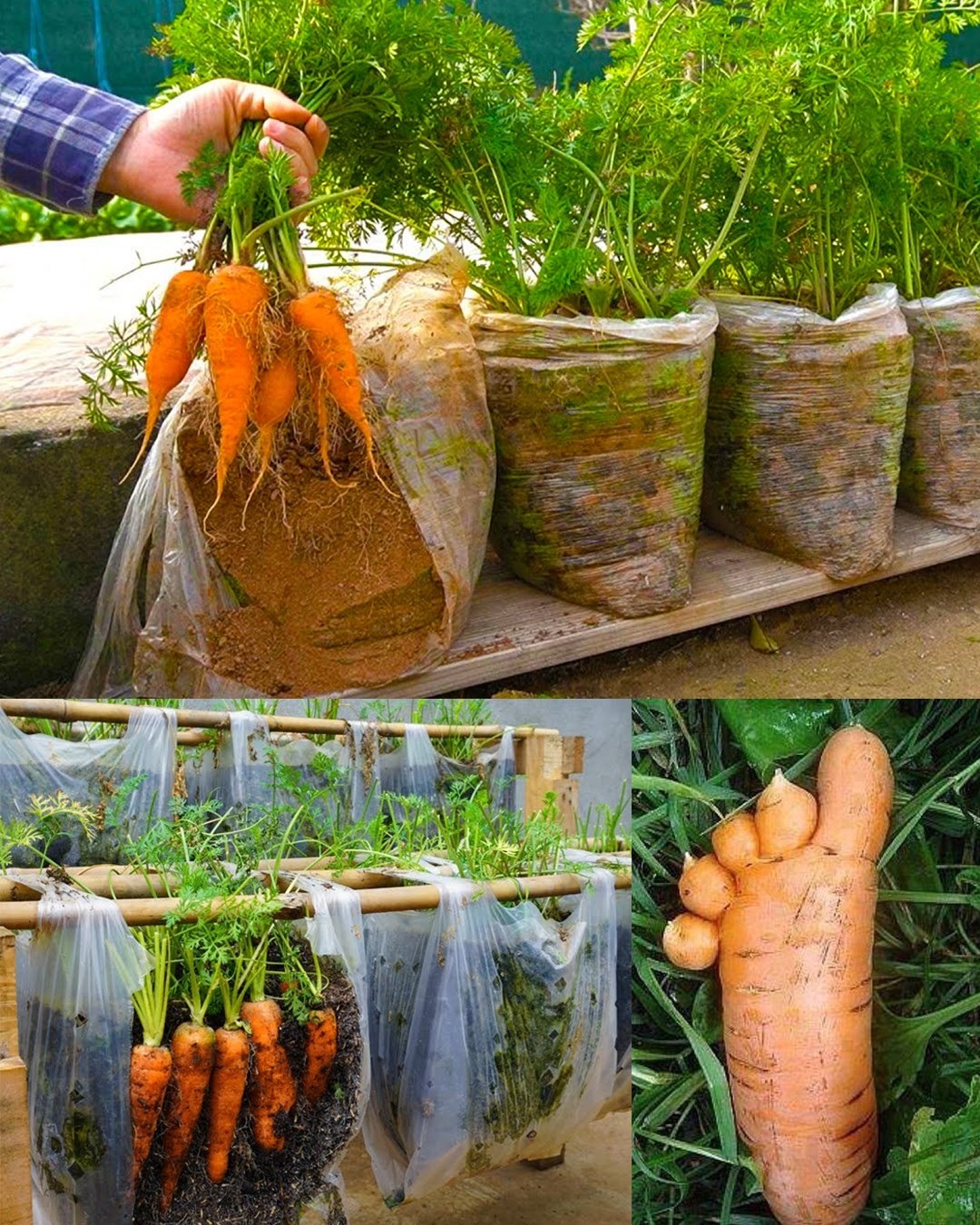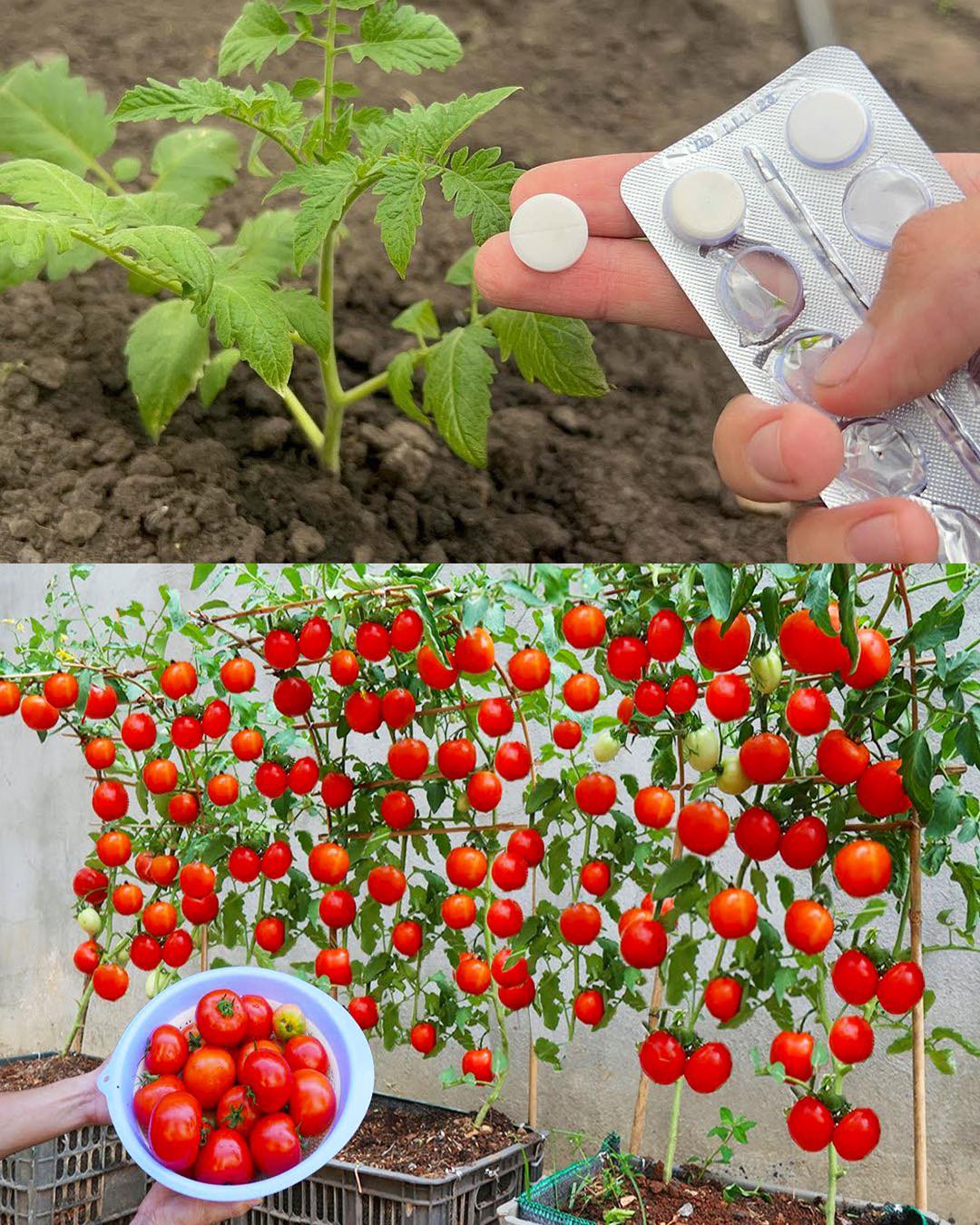In the last 10-15 years, the popularity of mangos has exploded in the United States. These delicious tropical fruits are now available in all U.S. states, even as far north as Alaska. In addition to indulging in the sweet treat, you might be surprised that you can learn how to plant a mango seed from the fruit and grow it at home. And if you live in the warmer regions of the U.S. (USDA Zones 9+), you can even plant mangos outdoors. In cooler climates, you can find success growing mangos from the pit and keeping them as houseplants.
:strip_icc():format(webp)/person-watering-planted-mango-seed-0e478e1df4d04565bd630a1ff08bfcd3.jpg)
What You’ll Need
Equipment / Tools
- Knife
- Scissors
Materials
- Mango
- Paper towels
- Zip top plastic bag
- Potting soil
- Container
Instructions
Learning how to plant a mango seed so it grows to bear fruit is pretty simple. While care should be taken during the seed extraction, adults and children will find the process fun and worthwhile. Before you begin, make sure you have all your materials in place.
Remove the Seed
The first step in how to plant a mango seed is also the best: eat the mango! Before retrieving the large seed, the fruit’s flesh should be removed. Depending on the mango’s ripeness in hand, the rind can often be peeled off relatively easily; the bright orange flesh can either be sliced off with a knife or eaten like an apple.
After eating a mango, have some dental floss ready!
Dry and Prep the Husk
After the husk has been thoroughly cleaned, let it dry for about 24 hours. Then, remove the seed from within the white outer husk. With the seed husk in hand, use scissors to cut a portion of the “thin side” of the husk. After an initial hole has been opened up, use the scissors to cut along the side of the husk to reveal the seed within. The seed inside the husk should be white. Any brown or black coloration or patches usually means the seed is no longer viable.
Be careful during this stage, as the husk and seed can be slippery.
Remove the Seed
Remove the seed from the husk. You may potentially get more than one seed. Whether you see one or two depends on the variety. If you do see multiple seedlings, they can gently be separated and planted individually.
Store the Seed
Wrap the seedling(s) in wet paper towels. One standard-size damp towel will be sufficient to wrap fully around an individual seedling to keep it from drying out. Once wrapped, put the seedling(s) in a zip-top plastic bag and keep in a warm, bright location until green growth appears. Depending on the warmth of the location and the maturity of the mango when it was picked, this waiting period can be anywhere from a few days to a couple of weeks. Be patient and avoid moving the bag around.
Plant the Seed
Once green growth has appeared, take the seedling out of the plastic bag and gently unwrap the paper towel. Place the seedling in your container filled with fresh potting mix at just enough depth to cover most of the seed without covering the new green growth. Keep your new plant’s soil consistently moist and put it in a warm, sunny location. If you want to move your new mango plant outdoors, give it one week in dappled shade before placing it in full sun.
How to Care for a Mango Plant
Mangos are full sun (8+ hours of sun per day) in the tropics; these plants do best with lots of light, warmth, and humidity. If you live in parts of the Southern United States like Florida or coastal Southern California, where frosts are rare, you can plant your mango seedling directly outside. For the rest of the country, mangos can be grown indoors along a south-facing window. Adding artificial lighting will be necessary in northern climates and areas that do not receive robust and full sun.
Otherwise, caring for your mango tree as a houseplant is as simple as growing other well-known indoor trees, such as the common weeping fig. Give your mango plant a well-balanced fertilizer for the first few years of growth, then switch to a mix higher in phosphorus and potassium. A little goes a long way, so don’t be tempted to add more than the package directions indicate. And only apply fertilizers during active growth in the spring and summer.
Be sure to keep the soil moist for the first couple of years. When the seedling has outgrown its first pot, transplant it into a pot one size larger.

















